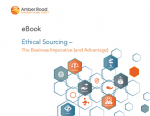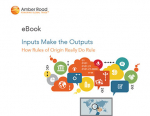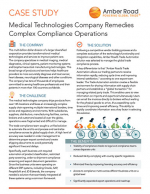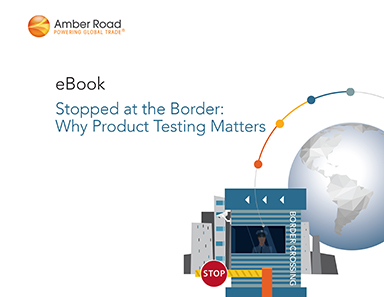Stopped at the Border: Why Product Testing Matters
Real-time visibility, workflow and management by exception capabilities provide a simplified way to holistically manage product testing and safety.
Crossing Borders is a Hot Topic and Revolves Around the Global Tide of Protectionism.
There are volumes of legal documentation and a corps of agents enforcing regulations in each country all over the word.
These rules are in place for many reasons: protecting against terrorism, consumer safety, balancing trade, and generating revenue, to name a few.
International trade is subject to various controls and regulations that need to be met to ensure goods are moved legally without complications.
However, goods of all kinds sometimes never get past checkpoints for several reasons, causing massive delays and ripples across supply chains – hitting the bottom lines of businesses along the way.
Many don’t recognize the importance that appropriate product testing and documentation has on global exports and imports.
Multiple government agencies are in play in this critical area of customs clearance – in the U.S., Consumer Product Safety Commission, Food and Drug Administration, Customs and Border Protection, Fish and Wildlife, and others.
Lack of testing and certification, which needs to occur long before the goods are packed for shipment, can lead to improper or incomplete documentation. This becomes a show stopper for global shippers long before the goods get into the hands of the consumer.
Whether importing tomatoes or wine, shipping plastic toy soldiers or metal nail clippers, or moving boxes of fashionable coats and shoes, many countries have stringent requirements when it comes to product testing and compliance when goods cross their borders.
Dodgy goods that try to slip through the system without proper testing are often stopped thanks to vigilant government entities.

EU CE Mark
CE markings—the abbreviation for “Conformité Européene” which literally means “European Conformity”—are used in the EU to keep goods flowing throughout a massive open market.
The mark shows consumers that a product has been tested and conforms to health, safety, and environmental protection standards. Without the CE mark, a product may not lawfully enter the EU and can even be stopped from entering the region.
What’s Related




Favorites





